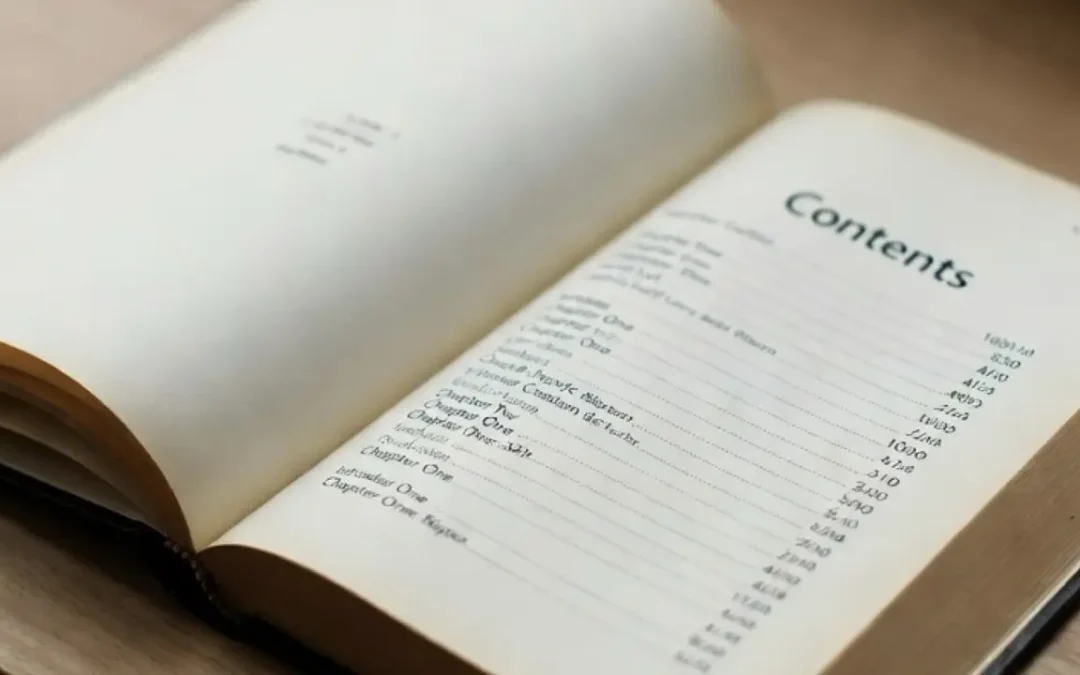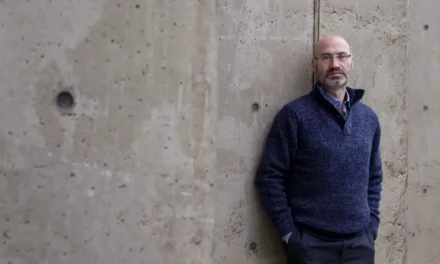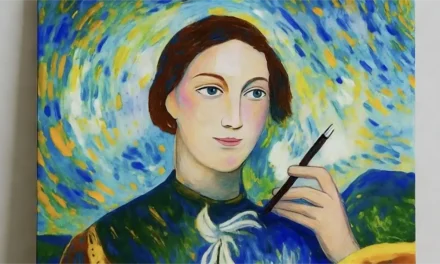
Fostering Curiosity Through Science and Philosophy: Explore Scientific Discoveries Across Eras
G
alileo’s telescope didn’t just bring stars closer—it redefined how humans saw their place in the cosmos. Stories of such breakthroughs spark awe in children, showing them that science is a living journey, not a dry subject. From sundials to microscopes, each invention lights a path of questions and reveals how bold thinkers shaped the world. When children learn the backstories of these discoveries, they don’t just memorize facts—they join a centuries-old quest for understanding.
A neighbor’s child once read about the Renaissance printing press and asked, “How did it change things?” That one question became a springboard for a school project tracing the spread of ideas from ink to Internet. The child’s fascination deepened as they discovered how knowledge once trapped in libraries became accessible to the world. These moments show how linking past innovations to present realities helps kids see science not as distant history, but as a force that still reshapes their lives.
At home, you can foster this connection by exploring one discovery each month—how the compass guided explorers, how vaccines reshaped health, or how electricity changed homes. Don’t just share what it does; ask why it mattered, and what problem it solved. Encourage your child to draw the invention, act out its use, or compare it to what came before. These habits turn science into a story they can enter, building a mindset ready to question, connect, and explore.
Fostering Curiosity Through Science and Philosophy

Fostering Curiosity Through Science and Philosophy: Test Experiments with Wonder
Simple experiments build curiosity, confidence, and hands-on understanding. Encourage children to explore, ask, and discover with playful scientific wonder.

Fostering Curiosity Through Science and Philosophy: Introduce Philosophical Questions
Philosophical questions encourage deep thinking and reflection. Learn how to invite children to explore big ideas with openness and curiosity.
Table of contents

Primordial Soup for the Mind: Navigation
Navigate the book Primordial Soup for the Mind.
TIPS
- Connect a modern tech item to the ancient ideas that led to it.
- Compare what a past scientist believed to what we know now.
- Celebrate curiosity even when it leads to wrong guesses.
ACTIVITIES
- Time Lab: Recreate a Leonardo Da Vinci design or ancient tool using simple materials — 20 min
- Before/After Quiz: Guess how people used to explain lightning, then compare — 10 min
- Scientist Sketch: Draw a famous inventor mid-discovery — 15 min
EXAMPLE
My daughter marveled at Archimedes yelling “Eureka!” in the bath. Now she sees science in the shower.

Download “Primordial Soup for the Mind: A Parent’s Guide to Nurturing Intellectual Growth”
Enter your information to get this article and hundreds more as part of the FREE book Primordial Soup for the Mind.
Share your thoughts with the Thought Academy community in the Comments section below.

Sharpen those skills!
Enter your information to get our FREE practice exercises so you can hone your critical thinking and reasoning skills!







0 Comments